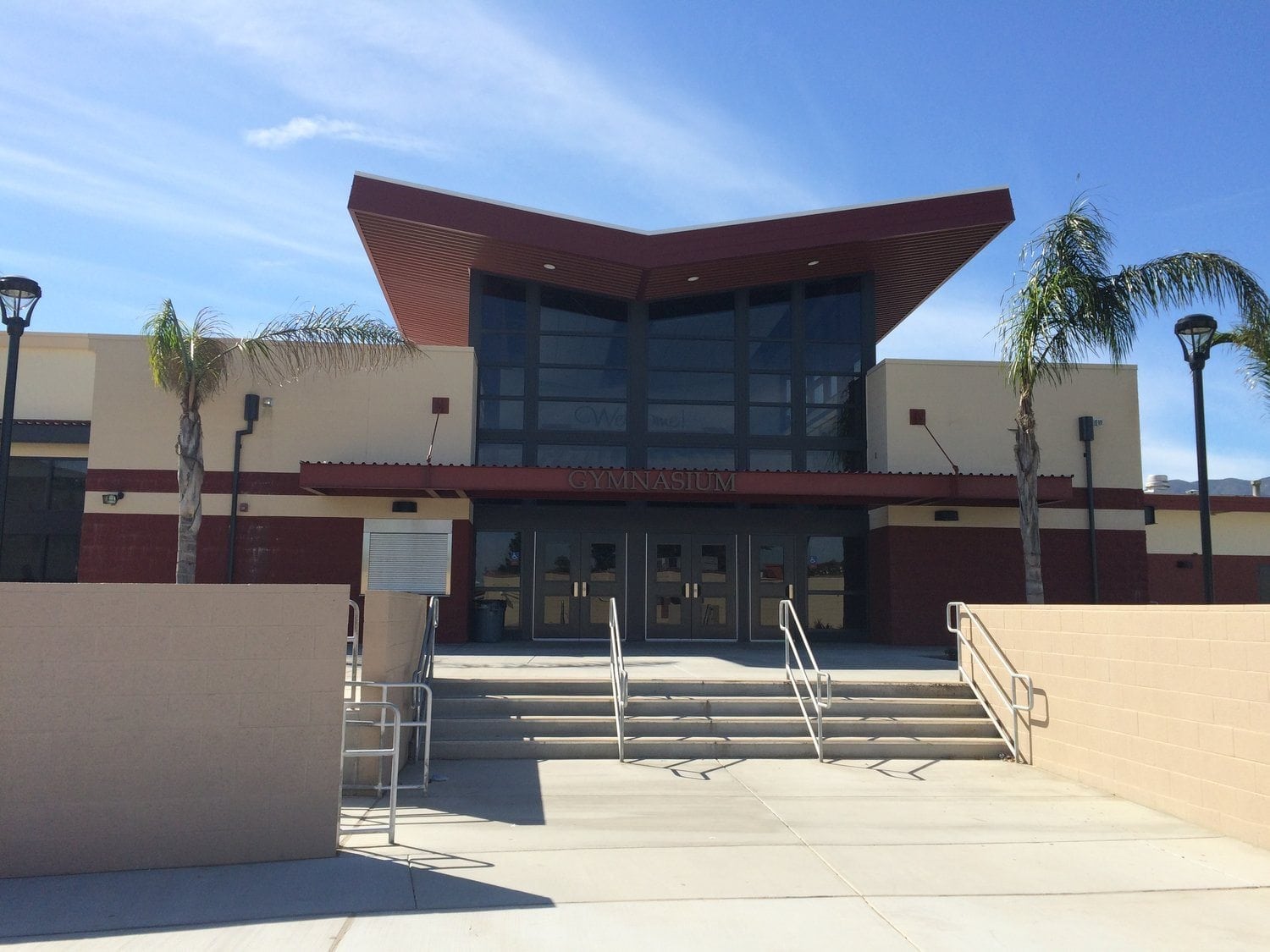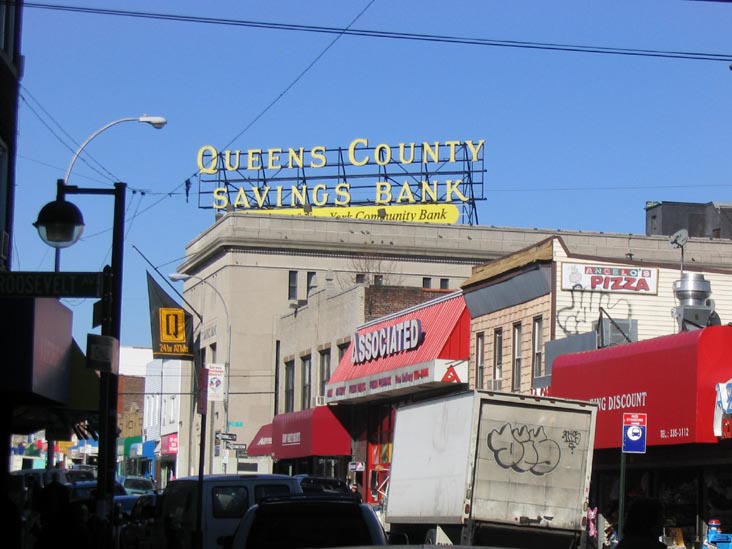

In 1960, the National League agreed to grant an expansion franchise to the owners of the New York franchise in the abortive Continental League, provided that a new stadium be built. At the same time, Horace Stoneham moved his New York Giants to San Francisco (although he originally considered moving them to Minneapolis), ensuring that there would be two National League teams in California, and preserving the long standing rivalry with the Dodgers that continues to this day.
#Driving schools in corona queens install#
When Los Angeles offered O'Malley what New York City wouldn't-complete ownership of a stadium-he left for southern California in a preemptive bid to install the Dodgers there before a new or existing major league franchise could beat him to it. Additionally, O'Malley wanted to build his new stadium in Brooklyn, while Moses insisted on Flushing Meadows. New York City, in contrast, wanted to build the stadium, rent it, and retain the ancillary revenue rights to pay off its construction bonds. He wanted total control over revenue from parking, concessions, and other events. O'Malley preferred to pay construction costs himself so he could own the stadium outright. Prior to the Dodgers' departure, New York City official Robert Moses tried to interest owner Walter O'Malley in the site as the location for a new stadium, but O'Malley refused, unable to agree on location, ownership, and lease terms. The origins of Shea Stadium go back to the relocations of the Brooklyn Dodgers and New York Giants in 1957, which left New York without a National League baseball team. It was demolished in 2009 to create additional parking for the adjacent Citi Field, the stadium built to replace it and the current home of the Mets.

The stadium was named in honor of William Shea, who was most responsible for bringing National League baseball back to New York after the Dodgers and Giants left for California in 1957. Opened in 1964, it was home to the New York Mets of Major League Baseball (MLB) from 1964 to 2008, as well as the New York Jets of the National Football League (NFL) from 1964 to 1983. Shea Municipal Stadium, was a multi-purpose stadium in Flushing Meadows–Corona Park, Queens, New York City. Shea Stadium ( / ʃ eɪ/), formally known as William A. New York City Department of Parks and Recreation (1964–1981)


 0 kommentar(er)
0 kommentar(er)
